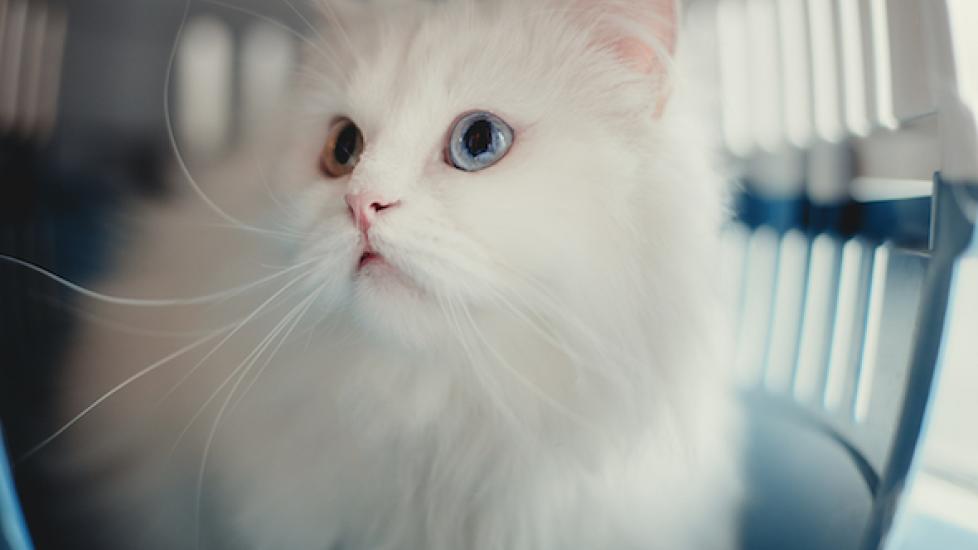Cats and Motion Sickness
Gastrointestinal Distress Related to Motion in Cats
Humans are not the only species to get car sick. Cats also get a queasy stomach when traveling in the car (or even by boat or air).
Symptoms and Types
Cats show their uneasiness in various ways. The first signs of motion sickness may be:
- Excessive drooling (ptyalism)
- Crying out in distress
- Immobility, or acting afraid to move
- Vomiting or regurgitation
- Urinating or defecating
Vet Recommended Health Support
Causes
There are several potential causes of motion sickness in cats. One possible cause of motion sickness can be emotional (behavioral), and linked to a bad travel experience in early life. Many cats feel insecure when taken out of their indoor environment infrequently.
Diagnosis
Once neurologic, behavioral and other causes of vomiting are ruled out, the diagnosis of motion sickness can be easily made by the cat's veterinarian. The history of the cat's reaction to traveling usually points to the problem.
Treatment
Treatment of this condition may be as simple as making your cat familiar with going for rides in the car. If time and training do not help the situation, various medications are available. Antihistamines (e.g., diphenhydramine) have a sedative action to slightly calm the pet during travel, as well as to reduce drooling. Other over-the-counter (OTC) medications that may be useful include meclizine and dimenhydrinate. These drugs don’t cause sedation, but can reduce nausea and vomiting.
Ginger is a holistic treatment used for nausea. It can be found in pill form (in health food stores), or even in cookie form. Ginger snaps and pills reportedly calm a nervous stomach when given about 30 minutes to an hour before travel. Consult with your veterinarian before feeding ginger to your cat in any form, to be sure that there are no indications that the ginger would be harmful to your cat, and to make sure that you are giving your cat the appropriate amount. In severe cases, stronger sedative drugs such as acepromazine may be prescribed.
A veterinarian should be consulted before any drugs are given (either OTC or prescription) just to be sure the cat is healthy, the dosage is correct, and that the medication won’t harm the cat.
Living and Management
Providing a safe, comfortable environment for your cat may lead to a better overall attitude toward travel. Opening the windows in the car slightly may help reduce air pressure inside the vehicle and allow for better ventilation. No food should be given for a few hours prior to getting in the car. Toys may help distract and entertain a high-strung cat. Taking frequent breaks may also help on long trips.
Prevention
Time and acclimation may go a long way to prevent motion sickness. You may need to stock up on certain medications to help calm your cat if and when it gets nervous. Your veterinarian can suggest safe and effective drugs to ensure that travel goes smoothly each and every time.
Image via Shutterstock
